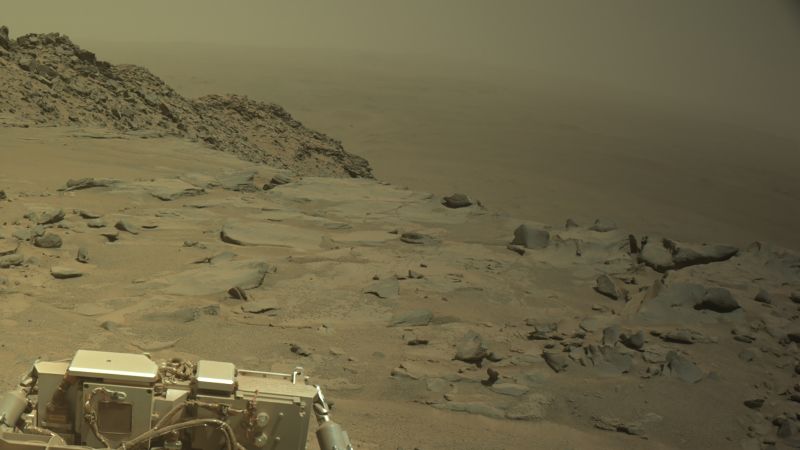The concept of establishing a human colony on Mars has captivated imaginations worldwide, especially as climate change and advancements in space exploration technology prompt discussions about potential solutions for humanity’s future. However, authors Kelly and Zach Weinersmith challenge the optimism surrounding this prospect in their book “A City on Mars: Can We Settle Space, Should We Settle Space, and Have We Really Thought This Through?” They assert that the ambitious goals set by visionaries like Elon Musk, who envisions a million people living on Mars within the next thirty years, are fraught with insurmountable challenges.
Published in November 2023 and awarded the 2024 Royal Society Trivedi Science Book Prize, the Weinersmiths meticulously investigate the realities of life on Mars. With their expertise — Kelly being a biologist and adjunct assistant professor at Rice University, and Zach a cartoonist — the couple questions preconceived notions about colonization. They analyze the severe environmental challenges posed by Mars’s conditions, compelling readers to rethink the suitability of the red planet as a new home for humans.
Initially, the Weinersmiths approached this topic with enthusiasm. Their previous work, “Soonish: Ten Emerging Technologies That Will Improve and/or Ruin Everything,” fueled their excitement about space colonization, particularly given advancements in accessing space and potential resource extraction from celestial bodies. Yet, as they immersed themselves in research for this new book, their perspective evolved; they found that the technical and ethical challenges of establishing a colony on Mars are more daunting than anticipated.
One of the book’s stark conclusions is that the transition from Earth to Mars could resemble a move from a messy room to a toxic waste dump, a metaphor underscoring the potential dangers of relocating to an inhospitable environment. Kelly points out that achieving a sustainable human population on Mars would require generations of careful planning and development rather than a sudden influx of settlers. The complexity of building infrastructure to support life, from agriculture to health care, represents a monumental task.
The challenges of reproduction in a Martian environment emerge as a significant concern. The authors express skepticism that conditions on Mars would allow for safe childbirth or child-rearing. Drawing from research on microgravity effects on human health, they highlight how current knowledge, gleaned from astronauts aboard the International Space Station, may not translate to Martian conditions. High levels of cosmic radiation, reduced gravity, and a lack of Earth-like medical facilities would all contribute to increased health risks for both expectant mothers and infants.
Mars’s environment presents a series of hurdles that further complicate the idea of colonization. The planet’s thin atmosphere, composed largely of carbon dioxide with minimal oxygen, combined with extreme temperatures and disruptions from dust storms, creates a hostile landscape where survival would depend on extensive life-support systems. The Weinersmiths outline multiple complications, including the perilous possibility of radiation exposure for those unprotected while exploring the surface, which could lead to severe health consequences.
Communication delays of up to twenty-four minutes due to Mars’s distance from Earth further complicate emergency situations; immediate medical assistance would be impossible, amplifying the insecurities involved in settling on another planet. Governance in space also poses a dilemma. The Outer Space Treaty, created in 1967, lacks definitive regulations on resource usage and territorial claims, raising numerous questions about legal responsibilities in extraterrestrial colonization efforts.
Moreover, the Weinersmiths bring attention to nutritional concerns. Feeding a Martian population would necessitate innovative agricultural practices in a closed-loop ecosystem, ensuring a sustainable food supply amidst one of the most unforgiving environments imaginable.
In summary, while the dream of colonizing Mars ignites hope for humanity’s future, the Weinersmiths present a sobering perspective. Their book serves as both a cautionary tale and a call for thorough understanding and preparation before embarking on such a colossal undertaking. It emphasizes the need for scientific research and ethical consideration in space exploration to ensure that if humanity does make this leap, it will be prepared for the reality of life on another planet.



